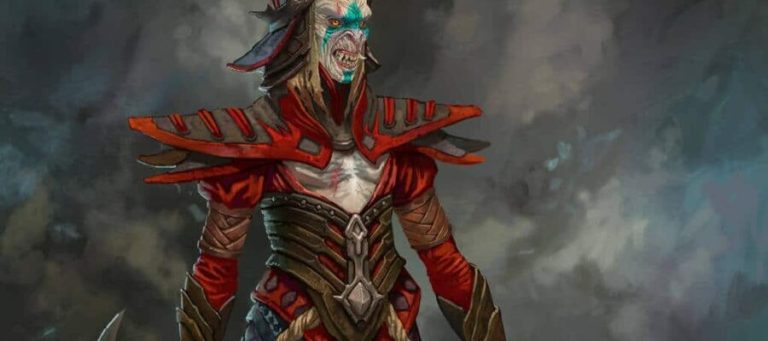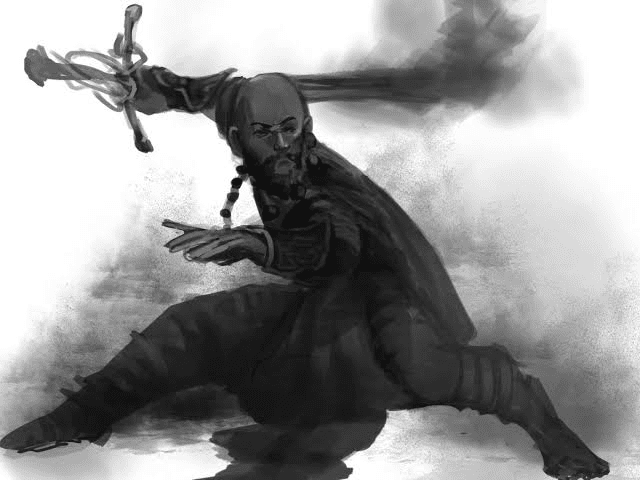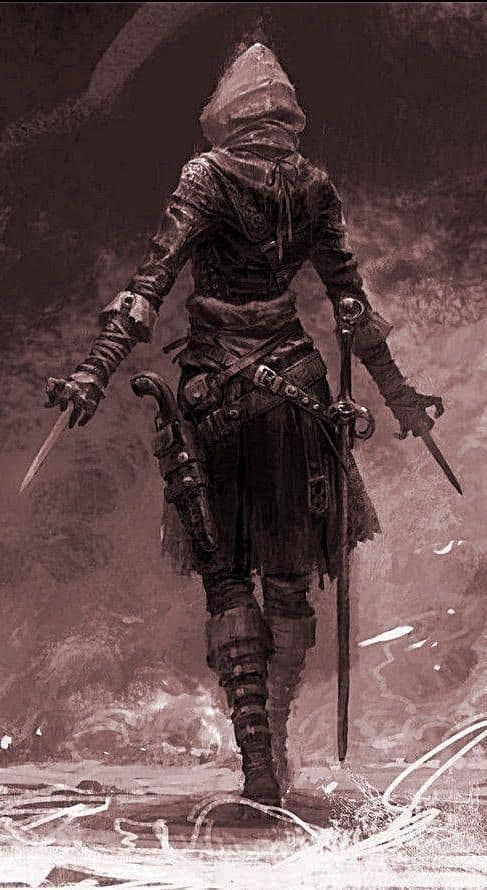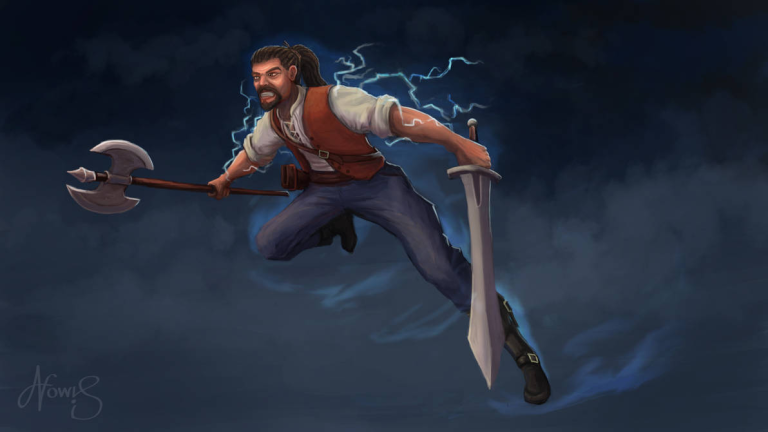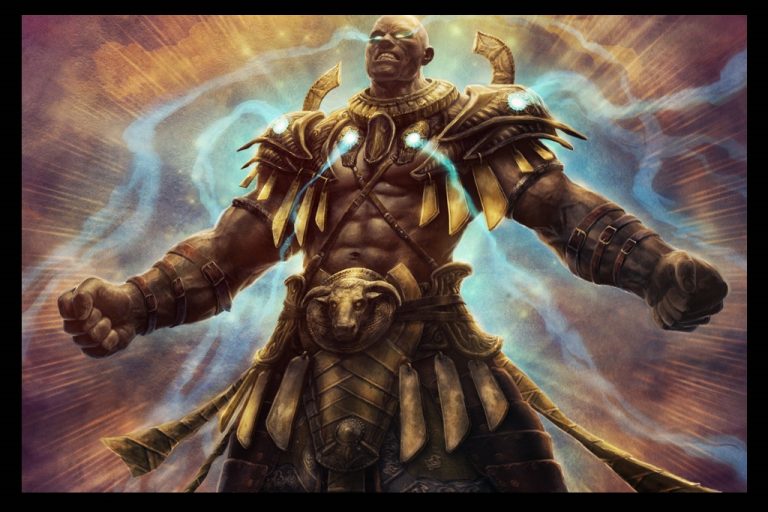D&D 5e: The Fiend Warlock Guide
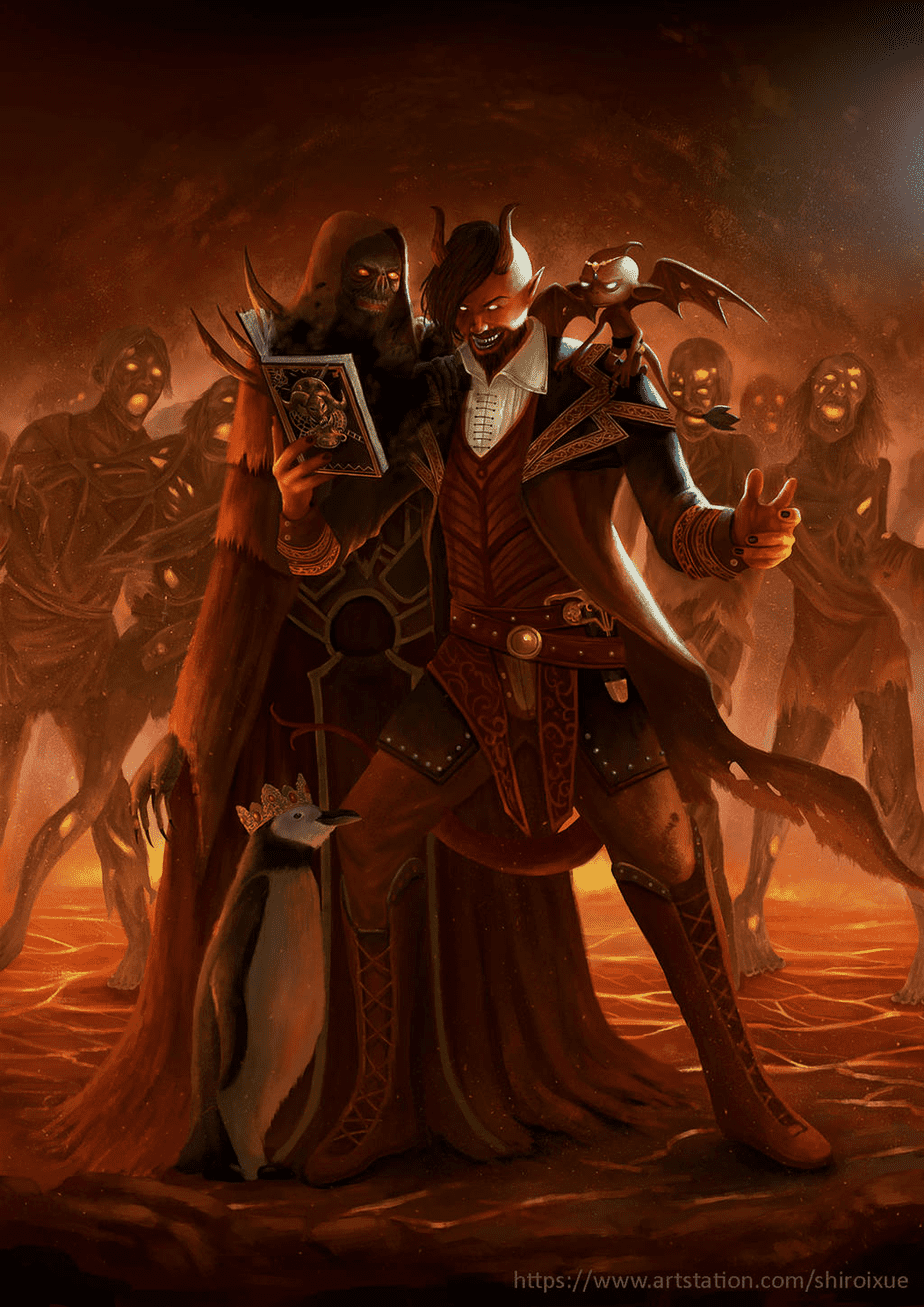
D&D 5e: The Fiend Warlock Guide
Role in Party
The Fiend Warlock has every opportunity to be one your party’s most powerful damage dealers. In addition to the famously powerful Eldritch Blast cantrip, the specific spells and features offered by the Fiend Patron create a flame-wielding spellcaster that can take out multiple smaller enemies in a single round. Additionally, this subclass can serve as the face of the party if you don’t have a Bard, using their Charisma skills and their Patron’s luck to bend social encounters in your favor.
The Fiend Warlock subclass is found in the Player’s Handbook. Click here to pick up your own Player’s Handbook!
The Fiend Warlock Features
Expanded Spell List
If the idea of turning numerous enemies into piles of ash is appealing to you, the Fiend Warlock’s expanded spell list is a catalog of goodies. For one, gaining access to Scorching Ray puts you ahead of the warlock multi-target curve, considering Eldritch Blast doesn’t allow three targets until level 11, while Scorching Ray allows three targets when you gain it at level three. The tradeoff is, of course, using a level two spell versus a cantrip, but it is still very nice to have this multi-target option available in addition to your tried and true Eldritch Blast. The Fiend Warlock’s expanded spell list also offers excellent, fiery AoE spells like Burning Hands, Fireball, and Wall of Fire.
Dark One’s Blessing
When you make a deal with a devil like Asmodeus, you better believe he’s going to want that bill repaid in bodies. Fortunately, your fiend is a fan of kickbacks. This feature allows you to gain temporary hp when you take down a hostile creature. And while temporary hit points don’t stack, if you lose some of them, you can regain them with subsequent kills up to their original level (equal to your Charisma modifier plus your Warlock level). This feature is phenomenal when fighting groups of smaller monsters but is less functional when it’s the party versus one or two BBEGs.
Dark One’s Own Luck
This feature is like having your very own slice of Bardic Inspiration. While it only works on ability checks or saving throws, there’s a strong likelihood that the added d10 can halve or eliminate hefty damage tolls or rectify unfortunate missteps of the social or stealthy kind.
Fiendish Resilience
This feature would be clutch at lower levels when it’s not common for your enemies to possess magical weaponry; unfortunately, you don’t gain it until level 10. By then, it loses some of its potential potency against higher-level and better-equipped antagonists. Still, there is no limitation on the type of damage you can choose to resist, so this feature works especially well if you have some sense of the enemy you’ll be facing ahead of time and can use it for resistance against a particular elemental damage type.
Hurl through Hell
This feature would be considered epic purely based on its level of coolness, but it doesn’t hurt that it also inflicts a ton of damage. Basically, if you hit a creature with an attack, it allows you to banish them to the lower planes for a full turn and, when they return, they’re so wrecked by the horrific experience, they take 10d10 points of psychic damage! That is, unless they’re fiends, in which case hurling through hell is more or less like going back home for a family reunion.
Arguably, the best part of this feature is the fact that there is no saving throw against the banishment or the damage. Cue the “deal with it” sunglasses drop.
Strengths
The Fiend Warlock has a lot of strengths going for it: it’s a blaster-type build that’s a powerful damage dealer at range, the features offer boosts that will be frequently useful in a range of combat and social encounters, and let’s not forget the super-fun, devil-on-your-shoulder roleplaying factor. For these reasons, I’d argue it’s one of the strongest Warlock subclasses you could choose in terms of both power and narrative potential. If you’ve got no qualms dealing with devils, this could be the subclass for you.
Weaknesses
If the Fiend Warlock had a catchphrase, it would undoubtedly be, “Burn, baby, burn.” However, its intense reliance on fire damage can, in some instances, burn out the usefulness of this character’s powers. If you plan to play this subclass, just know that fighting against creatures that are immune or resistant to fire damage is gonna be a big ol’ bummer.
Best Race Options
Tiefling – If narrative consistency is your thing, the infernal heritage of tieflings is a perfect complement to the Fiend Patron, and the +2 Charisma boost is good for any warlock.
Yuan-Ti – Snakes, too, are often seen as symbolically sinister. And in addition to the choose-your-own ability boosts, this reptilian race offers a lot of additional perks that would serve a Fiend Warlock well: advantage on saving throws against spells and being poisoned, resistance to poison damage, and access to three spells—poison spray, animal friendship (with snakes only), and suggestion.
Choosing the Right Skills
Deception – Anyone who’s made a pact with a devil has got to be a decent liar.
Intimidation – What’s all that charisma good for if you can’t bully some information out of the occasional, tight-lipped NPC?
Fitting Feats
Eldritch Adept – No warlock should turn their nose up at an additional invocation, and starting off level 1 with Eldritch Blast and Agonizing Blast would make you a powerful partymate indeed.
Elemental Adept – An incredibly powerful feat for a Fiend Warlock. If you choose fire as your damage type, you can ignore a creature’s resistance to fire, and all those pesky ones you roll on your fire damage dice magically become twos.
Optimal Backgrounds
Sage – A standard, solid background that offers proficiency in two Intelligence skills (Arcana and History) and two languages.
Urban Bounty Hunter – If you’re playing a campaign set in or around an urban area, the Urban Bounty Hunter is a nice option for Warlocks. It offers proficiency in two skills (Deception, Insight, Persuasion, or Stealth) and proficiency in thieves’ tools (good if your party is Rogue-less). There’re also potential lore perks with the Ear to Ground feature, which provides “high grade valuable information” about the urban populace and politics.
Multiclassing Options
Sorcerer – The Fiend Warlock is a powerful subclass in its own right, and you’d be perfectly set playing it all the way through to level 20. But if you want to take a dip, warlock/sorcerer combos are a classic. Two levels in Sorcerer will get you access to Sorcery Points and Flexible Casting. Three levels gets you Metamagic, so you can blast multiple monsters with a bonus action Scorching Ray and still have your action to do some more boss stuff.
Would I recommend playing the Fiend Warlock?
Without a doubt. The Fiend Warlock offers a character build that is powerful, fun, and can inspire a ton of interesting roleplay and combat performances for all types of players in all types of campaigns.



